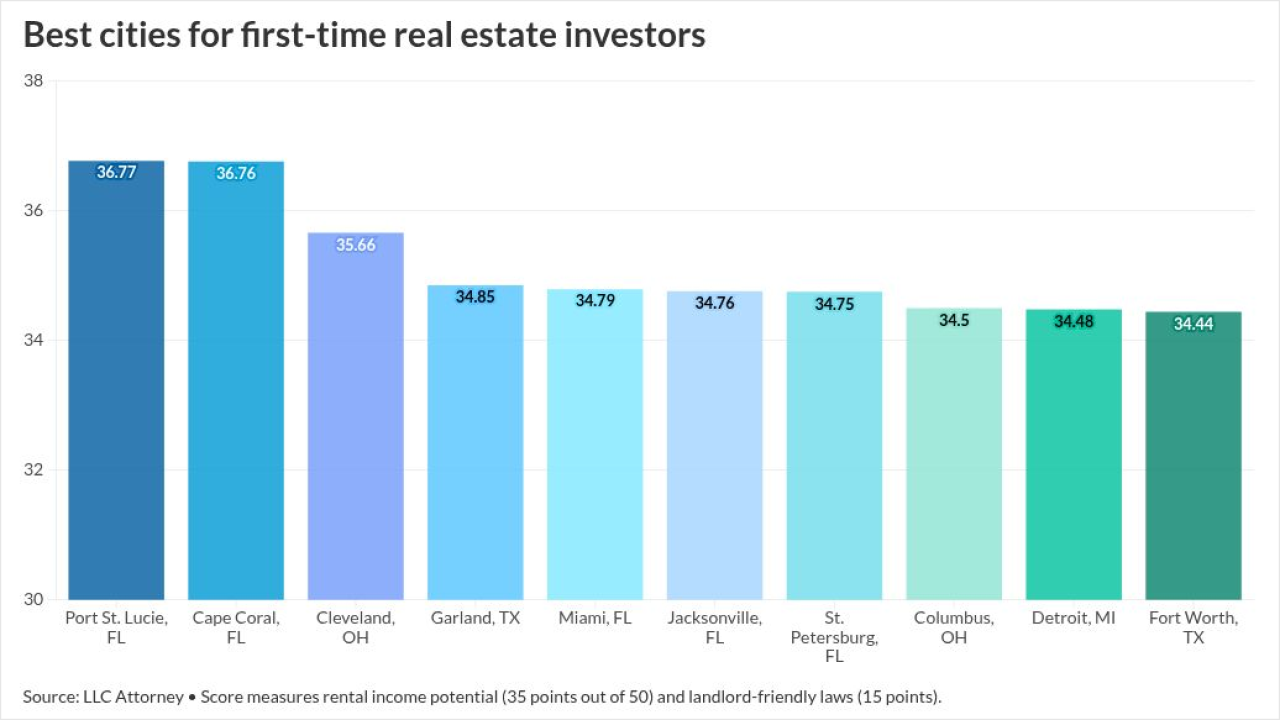AEI's flawed conclusions, if taken at face value, could wrongly influence how the mortgage industry approaches credit access, risk, and consumer inclusion.
The American Enterprise Institute's latest critique of VantageScore's recent white paper doubles down on their false assertion that VantageScore is picking GSE published data to influence the outcomes of performance comparisons between VantageScore 4.0 and FICO Classic. Nothing could be further from the truth.
AEI's critique hinges on the false claim that VantageScore's analysis relied on a "tri-merge average" (average of the three bureau scores), suggesting that this methodological choice inflated performance results, and an "apples to apples" comparison would have required using a "tri-merge median" (middle of the three bureau scores) comparison. The reality is that VantageScore 4.0's predictive performance power and default identification remain consistent, stable, and superior, no matter the method of mortgage credit score aggregation for the tri-merge.
LOANTHINK COLUMNS ON CREDIT SCORING
Even when using the "tri-merge median" method, VantageScore 4.0 still outperforms Classic FICO for high-risk loans entering the stress environment of the pandemic (2019 originations with FICO ≤ 720), capturing a relative 8.1% more defaults in the riskiest decile, with a +40.8% lift in Gini value and +34% lift in KS test. This is clear evidence that the VantageScore 4.0 model better isolates high-risk borrowers ahead of the pandemic. This also underlies our conclusion that the VantageScore 4.0's model performance and not the aggregation formula for the tri-merge drives the superior VantageScore outcome.
Furthermore, when AEI re-computed results using the "tri-merge median" method, VantageScore's advantage persisted. The VantageScore 4.0's relative lift on bottom-decile capture remained positive (+3%) and on Gini/KS values continued to exceed Classic FICO in many population slices, including single-borrower loans and the highest-risk credit bands. Even under AEI's own "recalculation," the data continues to show that VantageScore 4.0 identifies more high-risk borrowers and ranks risk more efficiently.
Are there financial ties between FICO and AEI?
There are other reasons to be skeptical of the results of AEI's flawed study. AEI presents itself as an independent policy research organization. But the reality is that AEI's prior financial relationship with FICO raises serious questions about their impartiality and independence.
FICO has been a financial sponsor of past AEI events, and its executives have appeared regularly in AEI-hosted discussions on credit and housing finance.
If AEI's work is to be viewed as unbiased, it should fully disclose all fees, sponsorships, and other financial relationships with FICO and with FICO-affiliated trade associations. Transparency isn't optional when the research in question directly affects market competition and consumer access to credit.
Until AEI provides that transparency, readers and policymakers must weigh its conclusions with an appropriate level of skepticism and disbelief.
Questionable expertise, questionable analysis
Equally concerning is the lack of quantitative expertise behind the AEI paper. The authors of the Op-Ed, Tobias Peter and Sissy Li, have experience in housing policy, but their formal graduate training in quantitative risk management, applied statistics, or model validation disciplines is unclear.
Evaluating predictive model performance across tens of millions of anonymized records is not a matter of opinion or ideology; it is a matter of data science. Yet it is not clear who conducted the underlying AEI analysis. Did the AEI authors conduct this flawed analysis themselves, or was it effectively outsourced—informally or otherwise—to a third party, perhaps another credit-scoring provider?
The similarities between AEI's "key findings" and flawed conclusions long published in FICO's own marketing materials are striking. At best, this reflects a lack of analytical independence. At worst, it borders on advocacy disguised as research.
The industry needs independence and integrity
By publishing a paper on credit scoring without qualified quantitative analysis, and without fully disclosing financial ties to a company with a direct commercial stake in the outcome, AEI undermines both the credibility of its work and the public's trust in policy research.
The mortgage industry deserves better: better analysis, better transparency, and better understanding of the tools that determine who can access credit and at what cost.
Until AEI meets those standards, its conclusions about VantageScore 4.0 should be treated as advocacy, not analysis.
The straightforward, quantitative conclusion remains clear: VantageScore 4.0 outperforms FICO Classic on predictive accuracy, fairness, and inclusivity—metrics that truly matter for lenders, investors, and consumers alike.


